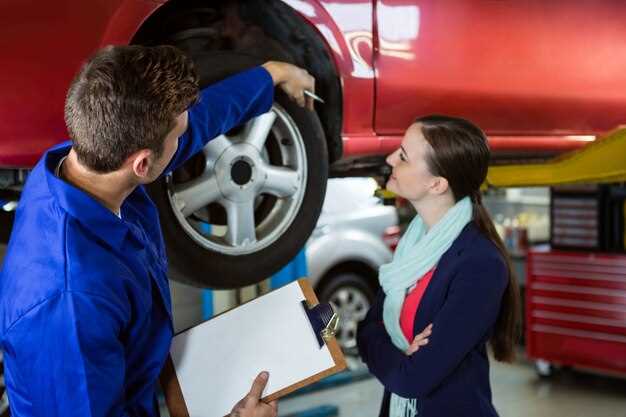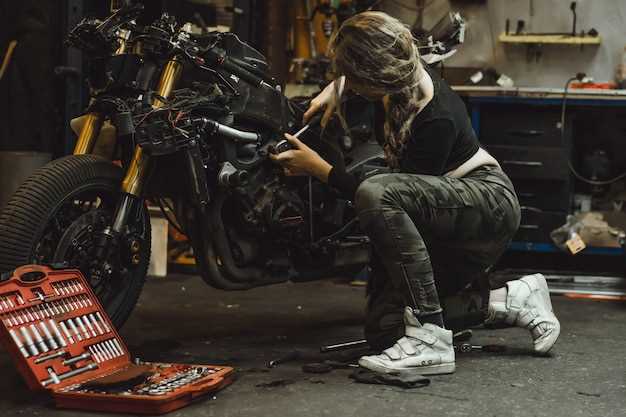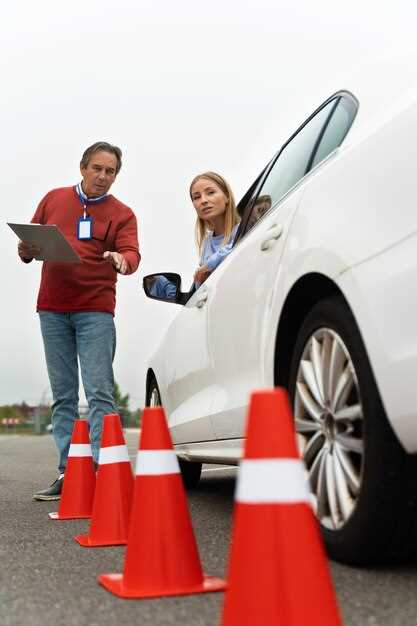
In the high-octane world of racing, the safety of both the personnel and equipment is paramount. Racing workshops, often bustling with activity and adrenaline, must adhere to strict safety protocols to mitigate risks associated with high-speed machinery and complex operations. Implementing these protocols not only ensures a secure environment but also enhances the overall efficiency of the workshop.
Each workshop must establish a comprehensive set of guidelines that cover all aspects of safety, from handling tools and machinery to personal protective equipment (PPE). Regular training sessions are crucial in cultivating a culture of safety, ensuring that every member of the team is well-versed in both the theoretical and practical aspects of these protocols. Attention to safety could be the determining factor between a successful event and a catastrophic incident.
Furthermore, workshops should regularly review and update their safety measures to align with the latest industry standards and technological advancements. This proactive approach not only protects the workforce but also fosters a professional environment where racing ambitions can thrive without compromising safety. In this article, we will explore the essential mandatory safety protocols that every racing workshop should implement to safeguard their teams and enhance productivity.
Personal Protective Equipment Requirements in Racing Shops

In the high-paced environment of racing shops, the safety of personnel is paramount. Personal Protective Equipment (PPE) is essential for minimizing health risks while working on various racing projects. Each racing shop must establish specific PPE mandates to ensure all team members are adequately protected from potential hazards.
First and foremost, head protection is critical. Hard hats should be worn when there is a risk of falling objects, especially in areas where overhead work is conducted. Additionally, eye protection, such as safety goggles or face shields, is necessary to guard against flying debris, chemical splashes, and intense light sources from welding and grinding tasks.
Hearing protection is another key component of PPE in racing shops. Given the loud machinery and tools used, employees should utilize earmuffs or earplugs to prevent hearing loss over time. This equipment is crucial in maintaining a safe work environment, allowing workers to focus without the detrimental effects of noise exposure.
Hand protection is equally important; gloves must be selected based on the specific tasks being performed. Mechanic gloves can protect against cuts and abrasion, while heat-resistant gloves are necessary for handling hot components. It is essential for racing shop workers to choose the appropriate type of glove to ensure their hands are safe while maintaining dexterity.
Footwear should not be overlooked, as proper safety boots can prevent injuries caused by heavy objects or slips. Steel-toed boots are recommended to offer protection against impacts, and slip-resistant soles help maintain stability on potentially slick surfaces common in a racing environment.
Lastly, while not classified strictly as PPE, respiratory protection may be needed in environments with significant dust, fumes, or other hazardous airborne materials. Respirators or masks can provide essential protection when working with chemicals or in poorly ventilated areas.
Establishing and enforcing PPE requirements in racing shops is vital for developing a culture of safety. Regular training and communication about the importance of personal protective equipment can further enhance the safety measures and promote a proactive approach to avoiding workplace accidents.
Hazard Identification and Risk Assessment Procedures

In racing workshops, the identification of hazards and subsequent risk assessment is essential for maintaining safety standards. A systematic approach ensures that all potential dangers are recognized and mitigated effectively. It begins with a thorough evaluation of the workshop layout, equipment, tools, and processes involved in the racing activities.
The first step involves conducting a comprehensive walkthrough of the workshop environment to identify any visible hazards. This includes inspecting machinery, tools, electrical systems, and storage areas for any conditions that could pose a risk to personnel. Particular attention should be paid to items that can cause slips, trips, or falls, as well as those that may pose a fire or chemical hazard.
Once hazards are identified, it is crucial to assess the level of risk associated with each one. This assessment should consider factors such as the likelihood of an incident occurring and the severity of potential injuries or damage. For example, the use of high-performance racing fuels requires a thorough understanding of flammability and proper storage protocols to prevent fires.
Engaging workshop personnel in this process is vital. Their firsthand experience can provide valuable insights into potential hazards that may not be immediately apparent. Regular safety meetings can facilitate discussions around hazards and help reinforce safe practices. Additionally, tools such as risk matrices can aid in visually representing the severity and likelihood of various risks, allowing for prioritized action plans.
Documenting hazards and risk assessments is equally important. A safety database should be maintained, detailing identified hazards, associated risks, and the measures taken to mitigate those risks. This documentation serves as a reference for ongoing safety training and as a record of compliance with safety regulations.
Finally, it is essential to implement a process for regular review and update of hazard identification and risk assessments. As workshop practices evolve and new technologies are introduced, continuous monitoring ensures that safety protocols remain effective and relevant within the dynamic environment of racing workshops.
Emergency Response Plans for Racing Workshop Incidents
In a racing workshop, safety is paramount due to the high-risk environment involving heavy machinery, chemicals, and high-performance vehicles. Developing and implementing an effective emergency response plan is essential for minimizing risks and ensuring the safety of all personnel.
Identify Potential Hazards
First, it is crucial to identify potential hazards specific to the racing workshop. Common incidents may include chemical spills, fires, equipment malfunctions, and injuries from machinery. Conducting regular risk assessments helps to pinpoint dangers and develop tailored response strategies.
Establish Clear Emergency Procedures
Develop clear and concise emergency procedures for various incident scenarios. These procedures should encompass evacuation plans, first aid protocols, and communication strategies. Designate specific roles for employees during emergencies to ensure that everyone understands their responsibilities.
Training and Drills
Regular training sessions and emergency drills are vital to ensure that all staff members are familiar with the emergency response plan. Training should cover the use of fire extinguishers, first aid techniques, and safe evacuation routes. Drills should be conducted at least twice a year to evaluate the effectiveness of the plan and make necessary adjustments.
Emergency Equipment and Resources
Ensure that appropriate emergency equipment is readily available in the workshop. This includes fire extinguishers, first aid kits, safety showers, and eyewash stations. Regular inspections and maintenance of this equipment are crucial to ensure functionality during an emergency.
Communication Protocols
Establish effective communication protocols to ensure timely and accurate information dissemination during incidents. This includes using alarms, public address systems, and designated communication officers. All employees should be familiar with these protocols to facilitate a swift response.
Review and Update Plans
Finally, it is important to regularly review and update the emergency response plans. Changes in workshop operations or personnel may necessitate modifications to the procedures. Continuous improvement ensures that the safety protocols remain relevant and effective.



